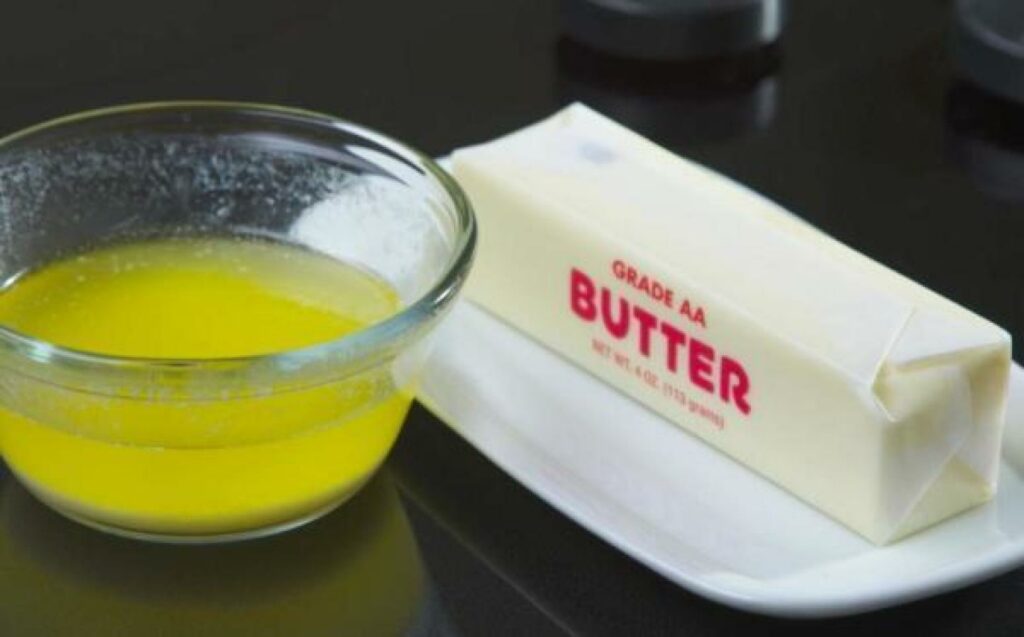Introduction
Whether you’re baking cookies, preparing a cake, or spreading on toast, softened butter is a key ingredient in many recipes. The texture of butter significantly affects the outcome of baking and cooking, so mastering the technique of softening butter quickly and effectively can elevate your culinary projects. This guide will explore various methods to soften butter swiftly, their pros and cons, and address some frequently asked questions.
Why Soften Butter?
Softened butter is essential for many baking recipes because it creams together with sugar much more effectively than melted or hard butter. This process is crucial as it incorporates air into the batter, giving baked goods the right texture and rise. Softened butter also spreads more easily, which is preferable for sandwiches and toast.
Methods to Soften Butter Quickly
Cutting into Smaller Pieces
Method
Cut the butter into small cubes or thin slices. The increased surface area allows the butter to come to room temperature more quickly.
Time
About 10-20 minutes.
Best for
Baking and cooking where creaming butter is required.
Using a Warm Glass
Method
Heat a glass by filling it with hot water. Once warm, empty the glass and invert it over the butter.
Time
About 5-10 minutes.
Best for
Small amounts of butter, especially if you need to soften a whole stick for spreading or creaming.
Microwave Technique
Method
Place the butter in a microwave-safe dish. Use the microwave’s defrost setting or set it to 10% power. Heat the butter in short intervals of 5 seconds, checking the consistency between intervals.
Time
About 10-30 seconds total.
Best for
Quick softening when precision is less critical, such as for sauces or some baked goods.
Grating
Method
Use a cheese grater to grate cold butter. The shredded butter will soften almost instantly at room temperature.
Time
A couple of minutes.
Best for
Quick baking needs where the butter needs to be integrated into dry ingredients.
Pounding
Method
Place the butter between two sheets of parchment paper and use a rolling pin to flatten it. This spreads the butter, increasing its surface area and thinning it out.
Time
About 2-5 minutes.
Best for
Quick softening for doughs and pastries.
Warm Water Bath
Method
Fill a bowl with warm water (not hot). Place the butter in a smaller zip-lock bag or waterproof container and submerge it in the warm water.
Time
About 5-10 minutes.
Best for
Softening without melting, maintaining the butter’s consistency for baking.
Tips for Each Method
Cutting into Smaller Pieces
Ensure the knife and cutting board are at room temperature to avoid cooling the butter further.
Using a Warm Glass
Dry the glass thoroughly to prevent water from getting onto the butter.
Microwave Technique
Rotate or flip the butter between intervals to ensure even softening.
Grating
Chill the grater for easier handling of the butter and to prevent melting from the warmth of your hands.
Pounding
Do not apply too much force; the goal is to soften, not melt or change the structure of the butter.
Warm Water Bath
Make sure the water is warm, not hot, to prevent the butter from melting.
FAQs
How can I soften butter without it melting?
The best way is to cut it into small pieces or use a warm water bath. Both methods gently bring the butter to a workable softness without melting it.
Can I still bake with butter that’s been melted instead of softened?
While you can bake with melted butter, the results may differ. Melted butter can make the baked goods denser and fudgier, whereas softened butter tends to yield a lighter, airier texture.
What’s the fastest method to soften butter safely?
Grating the butter is often the fastest method, as it immediately increases the butter’s surface area, allowing it to soften within minutes.
How do I know when the butter is perfectly softened for baking?
Perfectly softened butter should hold its shape but yield slightly to pressure. It should not be so soft that it begins to melt or lose form.
Is there a difference in softening salted versus unsalted butter?
No significant difference exists in softening methods based on salt content; however, unsalted butter is generally preferred in baking for better flavor control.
Can I use the microwave to soften butter if I need it immediately for creaming with sugar?
Yes, but microwave cautiously in short intervals at low power to avoid melting. Check frequently to get the right consistency.
How can I store softened butter if I accidentally soften too much?
Softened butter can be refrigerated and will firm up again, though its texture might change slightly. It’s best used within a few days.
Conclusion
Softening butter quickly doesn’t require sophisticated tools or lengthy periods. Whether you’re baking on the fly or preparing a meal that calls for softened butter, the methods outlined above can save time and improve your results. By understanding how to control the softening process, you can ensure that your butter is always at the perfect consistency for your culinary needs.

